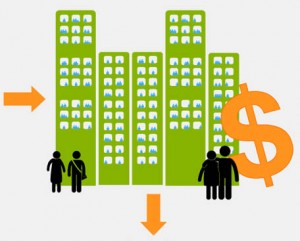Relocation Incentives
For telecommuters, renters, and homebuyers
Locales across the United States are using relocation packages to siphon talent from larger cities. The deals include everything from free rent to cash allowances and home appliances. The trend can mean notable government contracts for co-working spaces, multifamily and single-family housing providers. Each program is different, but many share common threads. Their marketing messages […]


